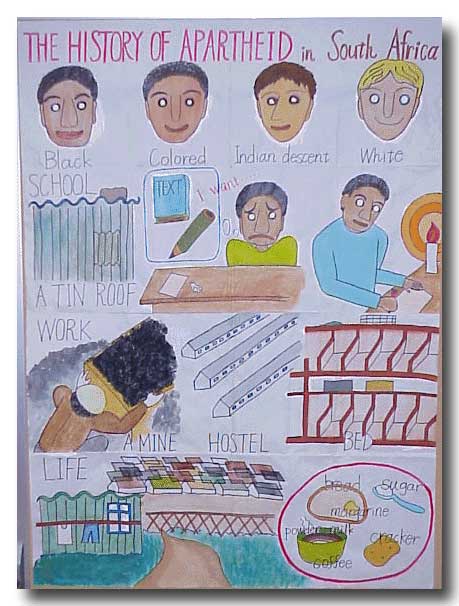
My name Is Yukari Kono. I like playing tennis. I belong to the tennis club at Tokoha University. I have many friends and seniors who are very kind and interesting. Next spring, we will have a game In Nagoya. Before then I must practice harder.
On New Year's Day, most Japanese usually go to the shrine or the temple. We pray to God. Some may pray to be able to pass an entrance examination, others pray for the happiness of their family. Last year, I prayed to the God to enter the university that I want to go to, though I seldom pray to the God. I bought a charm. There are many kinds of charms in the shrines and temples. For example, the prayer for passing exams, good luck talismans, traffic safety charms, and so on.
For the New Year's meal, we usually eat special food called osechi-ryouri. Osechi is many foods which can be saved for a week. Osechi is called the meal for mothers because the mothers don't have to make the meal if there is osechi.
On New Year's day, children have much free time because the shops don't open. (Although, these days, almost all shops open on New Year's Day.) For such children, the only pleasure thing is getting otoshi-dama from the parents or relatives. Otoshi-dama is money. To tell the truth, I looked forward to getting otoshi-dama, especially when I went to my grandparents' house.
And we get New Year's cards called nenga-jou from teachers, friends or relatives. (We write the nenga-jou before New Year's Day.)
New Year's Day makes me feel very free, and I spend the time relaxing because the New Year's Day doesn't continue forever.

I'll show you about the history of apartheid in South Africa. As you know, Apartheid was a policy to discriminate between Whites and Blacks. The residences, schools, public facilities like the station or post office were determined by the color of skin, that is, Whites and Blacks used different facilities or lived in separate places. Then it was always Blacks who were discriminated against by Whites who were only 15% of the population.
In education under Apartheid, the schools for Blacks were inferior to Whites'. The equipment and the content in classes were very bad, the shortage of the teachers was also a serious problem. Most schools were made of the tin roof. And the students took classes without texts, paper, pencils. Seventy percent of Blacks could go to school only a few years because of the poverty. After that, they worked for their younger brothers or sisters' expenses, or living themselves. They worked as a shoeshine or garbage person.
In work, although most of the laborers were Blacks, only 20% in all laborers Whites engaged essential points, for example, the management. South Africa has many mineral resources. Then many Blacks had to work at mines. Whites made Blacks work hard with a small salary. The laborers at mines had to live in the facility called hostels. That was a very small place. But more than 10 people had to live in the same room.
On the other hand, women and children lived in places that were permited by the law of the government. It is said that the number of Blacks whom were made live there was 1.2 million. Many houses were built very close together, like the group of match boxes. In each house, the room was too small to live. They didn't have the sewer, water supply, toilet and furniture. The food they ate was very poor. According to an investigation, a 3-year-old child ate sugar, coffee, a piece of bread and crackers in a day. Most Blacks suffered from malnutrition. The rate of children who died after only a few months or years was very high.
Although South Africa is a country for Blacks because they lived there first, Whites discriminated against them in any cases. In other words, Blacks who supported South Africa's economy, industry and mining Industry were discriminated against.
Such a discrimination Apartheid was abolished on 17th June in 1991, but we can't say that the discrimination is completely vanished.